
Transacciones de Solana (SOL): Comisiones, Velocidad, Límites
Solana es una plataforma blockchain que soporta aplicaciones descentralizadas y criptomonedas, incluida su propia moneda SOL. Solana, como muchos altcoins, fue diseñada para mejorar la escalabilidad y la velocidad de las transacciones, y lo consigue de manera sobresaliente. En este artículo analizaremos cómo funcionan las transacciones en Solana y qué factores debes tener en cuenta para hacer que tus operaciones sean más eficientes.
¿Cómo Funcionan las Transacciones de Solana?
Para enviar SOL, necesitas un monedero compatible con Solana y la dirección del monedero del destinatario. Tras introducir la dirección y el monto, el monedero crea una transacción que incluye elementos clave:
-
una firma, que autoriza la transferencia y demuestra la propiedad de los fondos;
-
cuentas, que definen quién paga la comisión, de dónde se toma el SOL, a dónde se envía y qué smart contracts participan;
-
instrucciones, que describen las acciones ejecutadas en la blockchain;
-
una comisión, pagada en SOL (normalmente entre 0.000005–0.00002 SOL);
-
y un hash, un ID único de transacción que permite rastrear el envío en exploradores de Solana.
Algunas transacciones también pueden requerir un pequeño depósito reembolsable rent-exempt para crear cuentas nuevas, como cuentas de tokens.
Una vez creada, la transacción se firma con la clave privada del remitente y se distribuye por la red Solana. Los validadores verifican la firma, los saldos y la exactitud de las instrucciones.
El procesamiento se realiza mediante un mecanismo híbrido de Proof-of-Stake + Proof-of-History. Proof-of-History genera una marca de tiempo criptográfica que permite ordenar y verificar transacciones extremadamente rápido.
Gracias a este sistema, Solana procesa ~1000 transacciones por segundo (y teóricamente hasta 65,000 TPS). Los validadores incluyen la transacción en el siguiente bloque y reciben la comisión pagada por el remitente. Las operaciones complejas con smart contracts pueden costar un poco más, pero normalmente menos de $0.003.
Tras entrar en un bloque, la transacción alcanza finalización en 1–2 segundos, lo que convierte a Solana en una de las blockchains más rápidas. Una vez confirmada, la operación es irreversible y los SOL aparecen en el monedero del destinatario.
Comisiones de las Transacciones en Solana
Las comisiones en Solana, como en otras blockchains, se pagan a los validadores como recompensa por verificar operaciones. Sin embargo, a diferencia de muchas redes, las comisiones aquí son extremadamente bajas.
Una transferencia de SOL suele tener una comisión promedio de 0.000005 SOL, menos de un centavo. Este valor puede variar ligeramente, pero apenas cambia. Otra ventaja es que incluso en períodos de congestión las comisiones siguen siendo bajas. Su alta escalabilidad hace que las transacciones SOL sean ideales para operaciones de alta frecuencia, trading, DeFi y dApps.
Incluso en picos de actividad o pruebas de estrés, las comisiones rara vez superan los $0.002–$0.003, y las priority fees siguen siendo opcionales en la mayoría de casos.
¿Cuánto Tarda en Transferirse Solana?
Otra ventaja de Solana frente a otras blockchains es la velocidad. Una transacción en Solana se confirma en 0.4–0.5 segundos, y la red puede procesar hasta 65,000 operaciones por segundo. Esta rapidez se debe a la combinación de Proof-of-Stake (PoS) y Proof-of-History (PoH), lo que acelera notablemente el procesamiento.
En condiciones reales, Solana procesa entre 3,000 y 5,000 TPS, con picos documentados de más de 100,000 TPS durante pruebas de rendimiento en 2025.
Al igual que las comisiones, la velocidad de procesamiento de SOL es estable, aunque puede variar por distintos motivos.
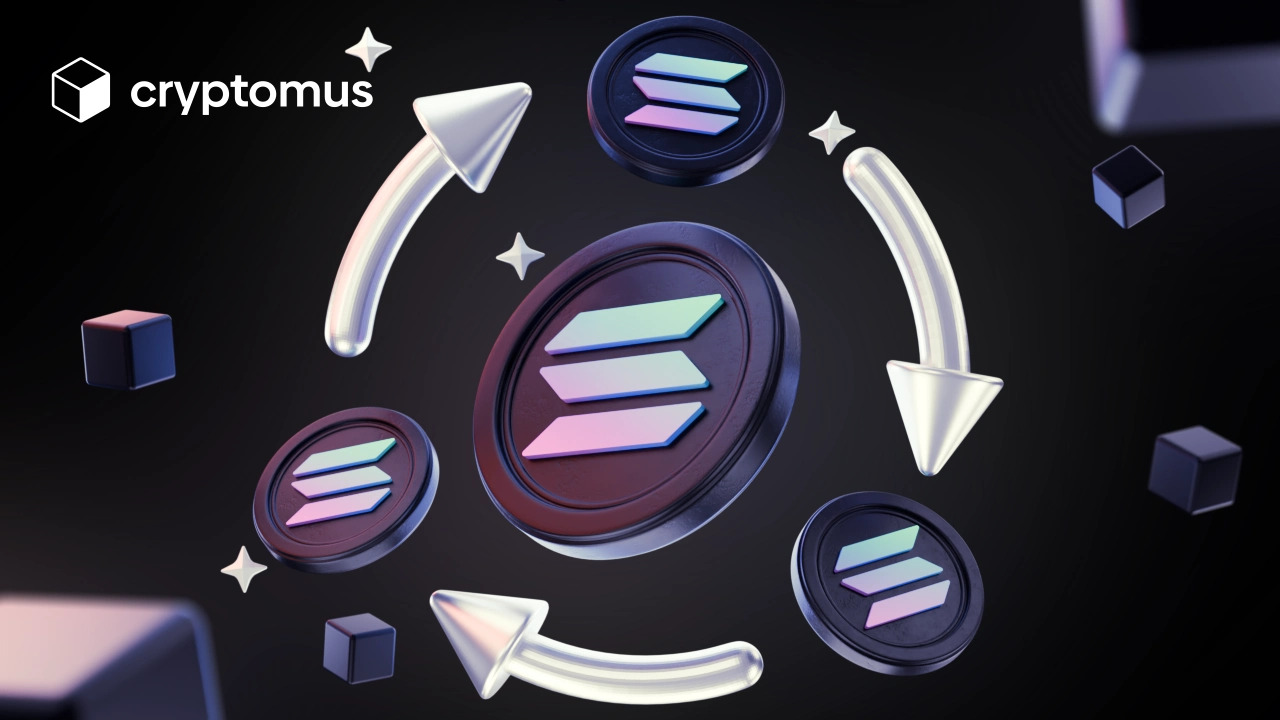
¿Por Qué Está Pendiente tu Transacción de Solana?
Si tu transferencia SOL no ha llegado aún al monedero del destinatario, puede deberse a varias razones, normalmente asociadas al estado de la red o a características de la operación:
-
Congestión de la red: aunque Solana tiene alta capacidad, una carga intensa puede causar retrasos (aunque no ocurre a menudo).
-
Fallo en la red o validadores: problemas técnicos pueden ralentizar o interrumpir temporalmente el procesamiento.
-
Transacción compleja: si la operación involucra múltiples smart contracts, puede tardar más. En algunos casos, la transacción puede superar el límite permitido (1232 bytes).
-
Saldo insuficiente para la comisión: si no hay suficiente SOL para pagar la comisión, la transacción no se procesará.
-
Baja prioridad: en momentos de alta actividad, los validadores priorizan operaciones con comisiones más altas.
Además, algunas operaciones pueden retrasarse por inicialización de cuentas, saturación de RPC o desincronización temporal de validadores. En la mayoría de los casos, las transacciones pendientes se procesan pronto, pero si pasan días o semanas, puede ser necesario reenviar —previa verificación del estado.
¿Cómo Verificar las Transacciones SOL?
Puedes comprobar el estado de cualquier transacción Solana usando exploradores de blockchain. Sigue estos pasos:
-
Paso 1: Seleccionar un explorador Solana: en la web oficial encontrarás la sección “Explorer”. También puedes usar Solscan o Solana Beach. Si tu exchange ofrece explorador integrado, también vale. Por ejemplo, la plataforma Cryptomus incluye uno.
-
Paso 2: Guardar el hash de la transacción: lo encontrarás en el historial del monedero o del exchange. Cópialo.
-
Paso 3: Buscar la transacción: pega el hash en el buscador del explorador elegido. Verás aparecer los detalles de tu envío.
-
Paso 4: Consultar los datos: al abrir la transacción verás remitente, destinatario, monto, comisión, número de bloque, marca de tiempo y estado.
Si tu operación no aparece, puede ser por un hash mal introducido o por retrasos en la actualización del explorador. Revisa el hash; si está bien, es cuestión de esperar.
Las transacciones de Solana se eligen con frecuencia para trading gracias a su rapidez y bajo coste. Es una de las principales ventajas frente a otras redes. Aun así, los retrasos pueden ocurrir por condiciones de red o por características del envío. Intenta realizar transacciones en momentos de menor carga y revisa bien los datos antes de confirmar.
Esperamos que esta guía te haya sido útil y que ahora comprendas mejor cómo funcionan las transacciones Solana. Si aún tienes preguntas, ¡déjalas en los comentarios!
Califica el artículo
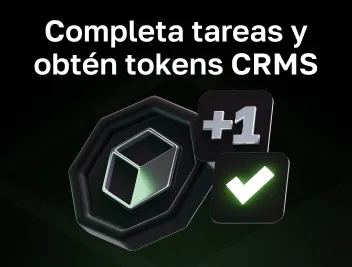
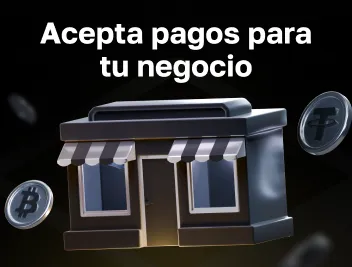
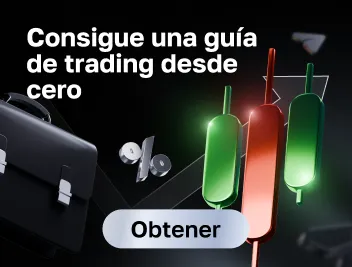
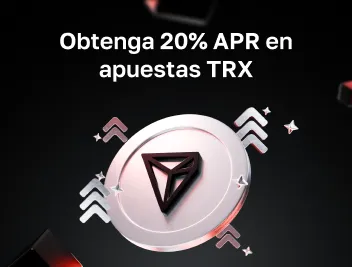
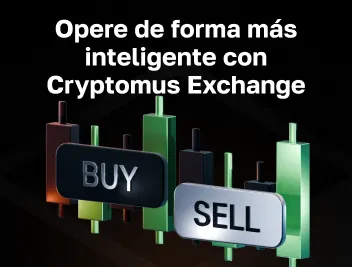



comentarios
0
Debe iniciar sesión para enviar un comentario